Machine Dreams: 22 Human-Like Androids from Sci-Fi
Dolores Abernathy, "Westworld" (2016)
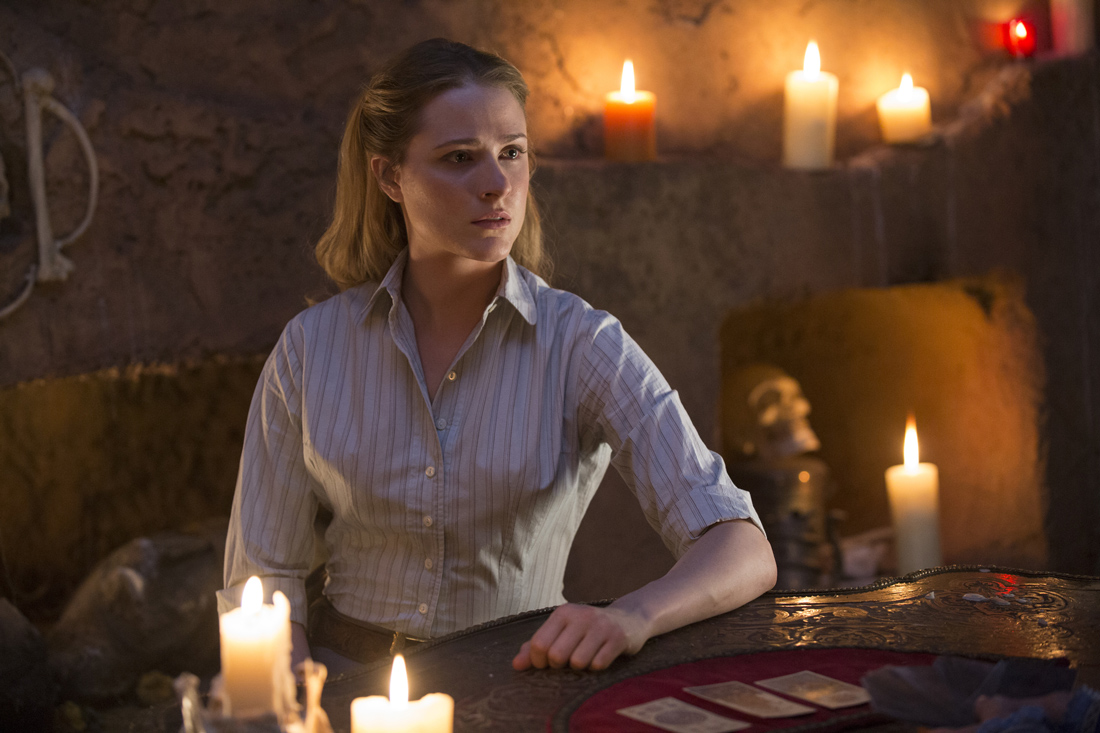
The original HBO series "Westworld" debuted in 2016 and was inspired by the western-themed android-populated amusement park introduced in the 1973 film of the same name. Android "hosts" at the park look and act like people, but they were built only to accommodate the park's wealthy human guests, who do not view them as human. Dolores Abernathy (Evan Rachel Wood) is one of Westworld's few original hosts who is still operational, and she gradually begins to question what she has been told about her world, and her role in it.
Ash, "Black Mirror: Be Right Back"
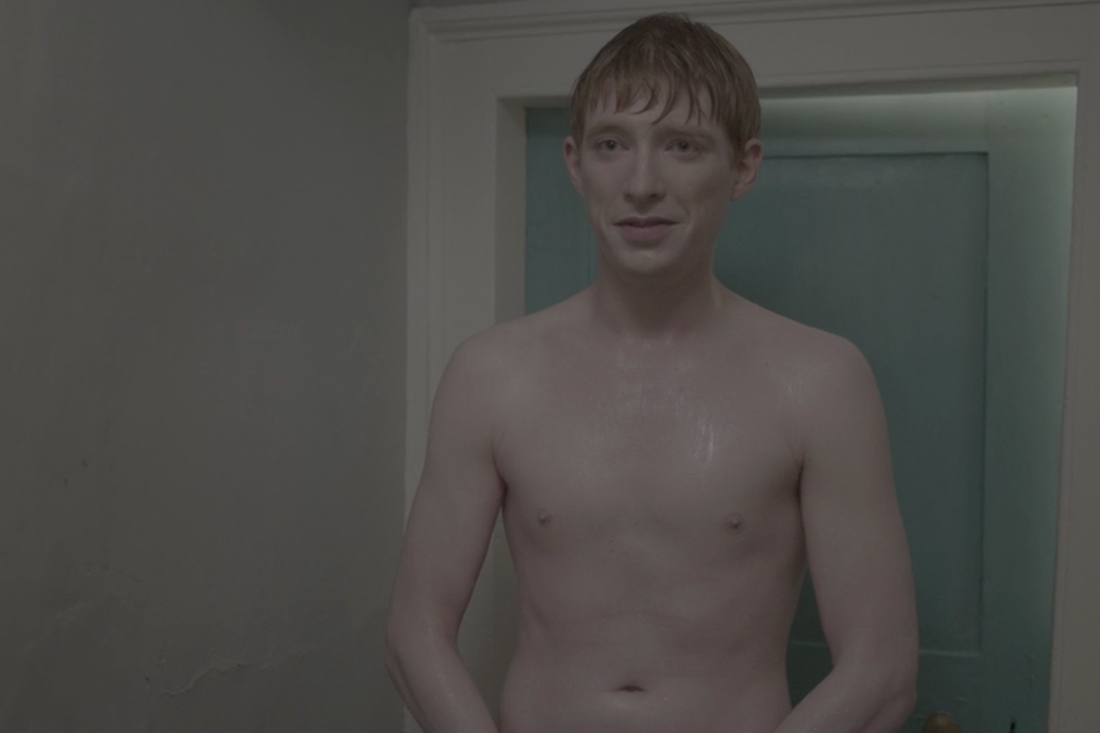
The Netflix series "Black Mirror" is known for presenting stories that pose troubling questions about human relationships, using plots that revolve around futuristic technologies. The second season episode "Be Right Back" features an online service that uses a neural network to reconstruct deceased people's personalities, by incorporating data from their online communications and social media platforms into a virtual presence that can carry on conversations with the living.
A woman uses the service to "resurrect" her dead husband Ash (Domhnall Gleeson), then opts for the service's physical upgrade, placing Ash's digital ghost into a synthetic body. But she soon realizes that even though the android looks and sounds like Ash, it doesn't behave in a truly independent, human way, and ultimately can't replace Ash in her heart.
R. Dorothy Wayneright, "The Big O"
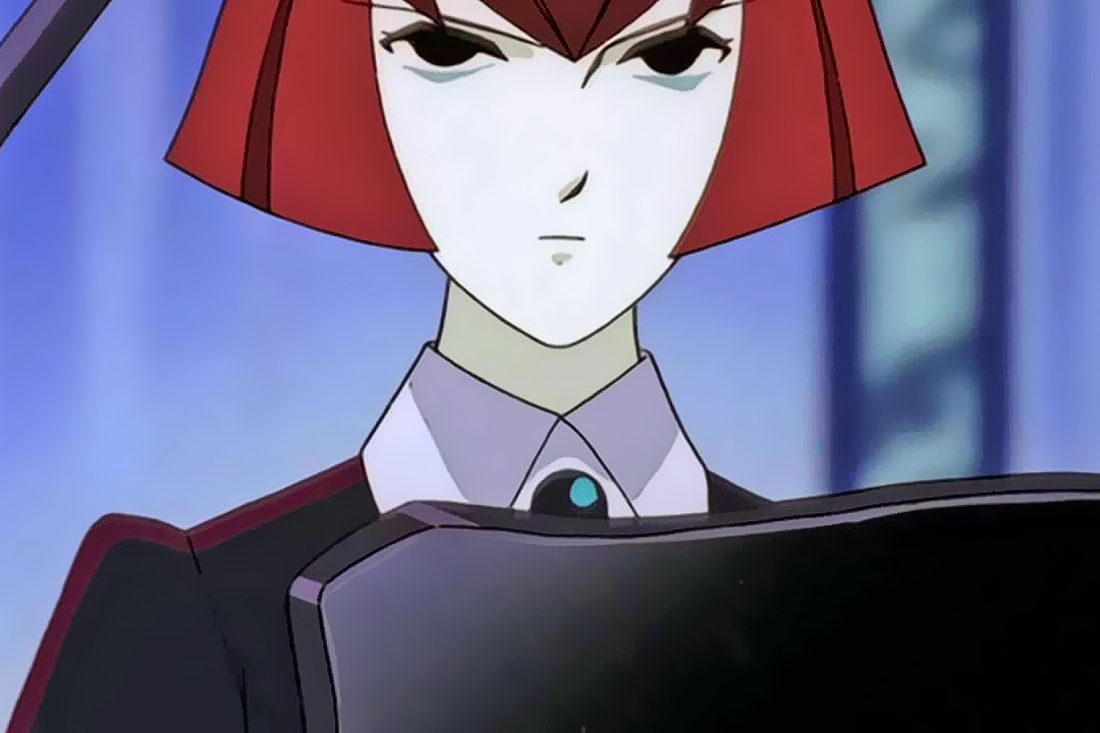
Android girl R. Dorothy Wayneright (the "R" stands for "Robot") acts as a personal assistant to the character Roger Smith — an investigator in a city of amnesiacs — in the noir-styled Japanese manga and anime television series "The Big O," which debuted in 1999. Wayneright wears a hair band that hides a tray for uploading data discs into a drive behind her forehead. She exhibits superhuman strength, speed, flexibility and balance, and is much heavier than she looks.
The Borg Queen, "Star Trek: First Contact"
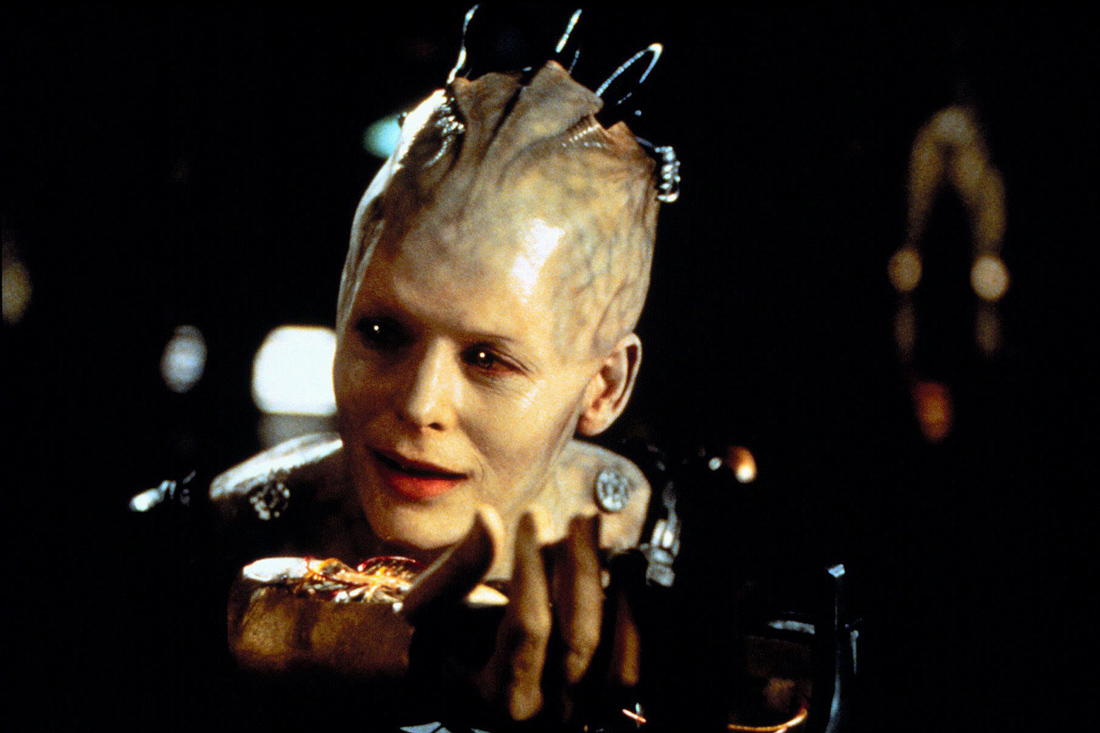
Leader of the alien group the Borg Collective — a community of biological-machine drone organisms that are connected through a shared consciousness — the Borg Queen (Alice Krige) was introduced in the 1996 movie "Star Trek: First Contact" (Paramount Pictures); however, the Borg had previously appeared in the television series "Star Trek: The Next Generation" without any mention of a Queen in their ranks, though the Queen subsequently appeared as a recurring character in the series "Star Trek: Voyager."
Bishop, "Aliens"
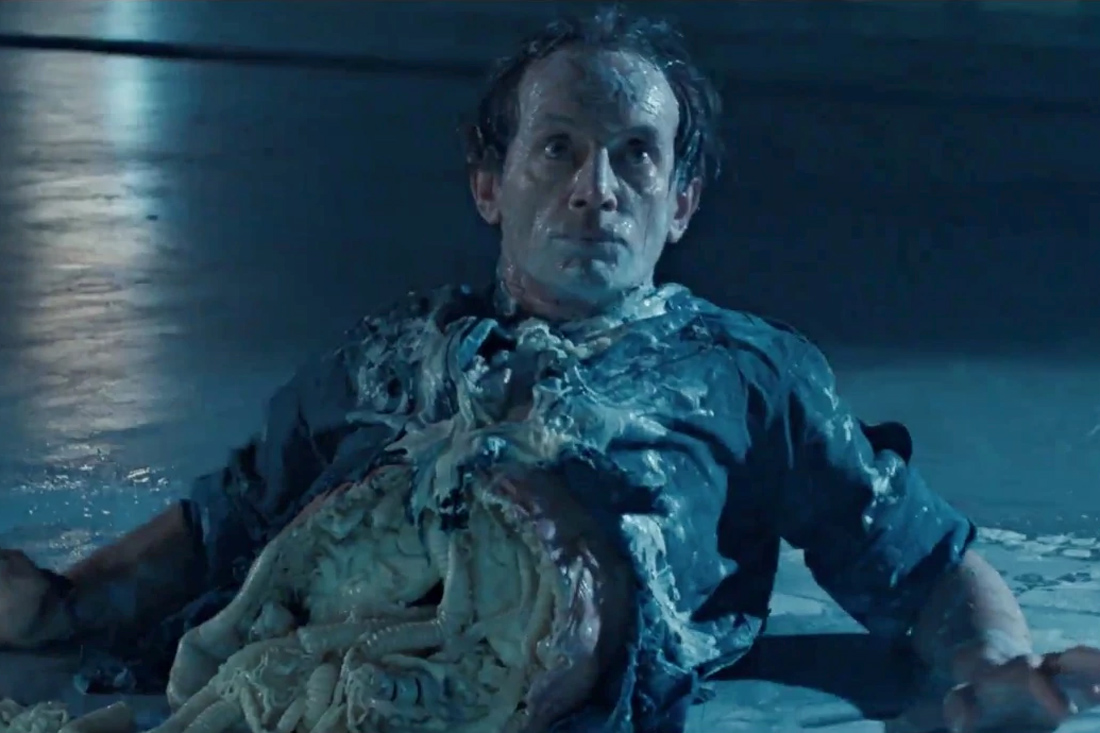
In "Aliens," the 1986 sequel to the sci-fi thriller "Alien," Bishop (Lance Henriksen) is an android member of the crew that returns to the moon where deadly alien creatures were first discovered. He demonstrates inhuman speed in a "knife game" scene, quickly stabbing the point of a knife between his spread fingers, while holding his hand flat on a table. Unlike the traitorous android Ash in the first movie, Bishop is loyal to the spaceship's crew, and helps Ellen Ripley (Sigourney Weaver) escape the aliens. Bishop also makes a partial appearance in the third film in the franchise, "Alien 3," helping Ripley one last time after being severely damaged in a crash.
Humanoid Cylons, "Battlestar Galactica"
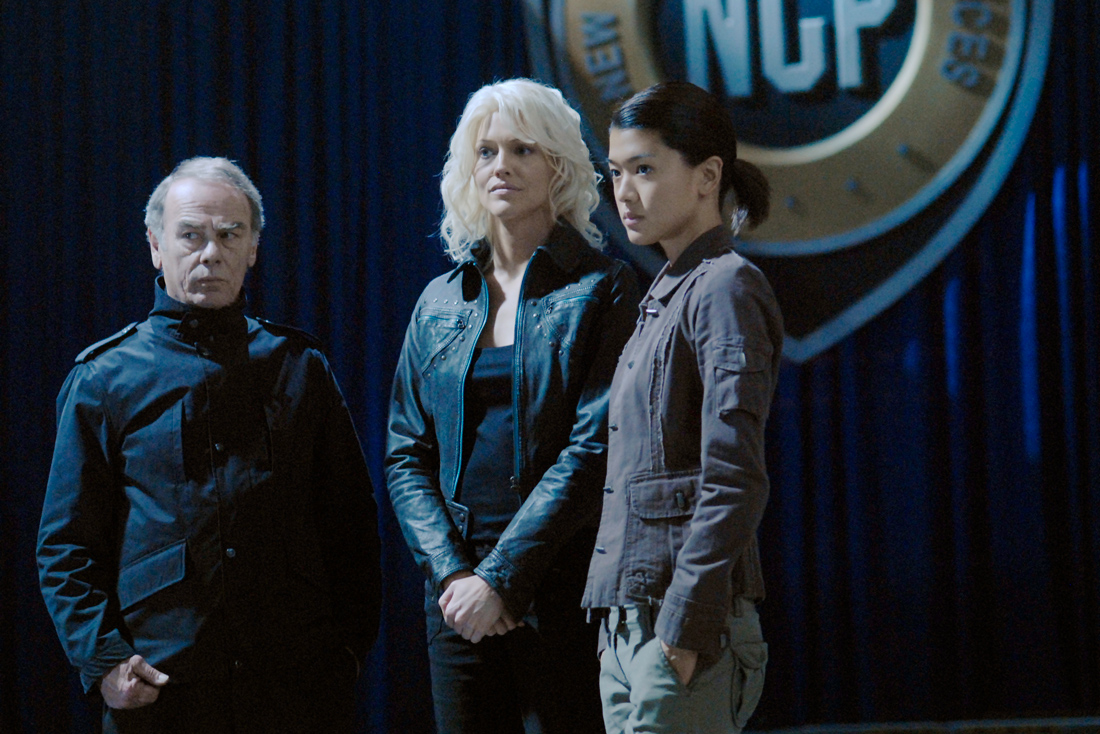
When the TV series "Battlestar Galactica" was rebooted in 2004, Cylons — originally presented as intelligent, self-aware, mechanical robots who were humanity's deadly foes — were re-imagined as cyborgs, some of which were nearly identical to humans. Within the hierarchy of Cylon society, so-called "skinjobs" — Cylons who closely resembled people — were the leaders, according to the new series' lore. Though they appear humanlike, they have superior strength and stamina, and can directly access computer systems.
The Stepford Wives

Something is wrong with the seemingly-perfect suburban women who populate the world of "The Stepford Wives" (Paramount Pictures, 2004). They appear devoted to serving their husbands and maintaining a picture-perfect appearance, with hair and makeup perpetually flawless, but their behavior appears more machinelike than human. After Joanna Eberhart (Nicole Kidman) moves to Stepford, she discovers that most of the women — and some of the men — are robotic replicas, and that she is next on the list for cybernetic transformation.
Seven of Nine, "Star Trek: Voyager"
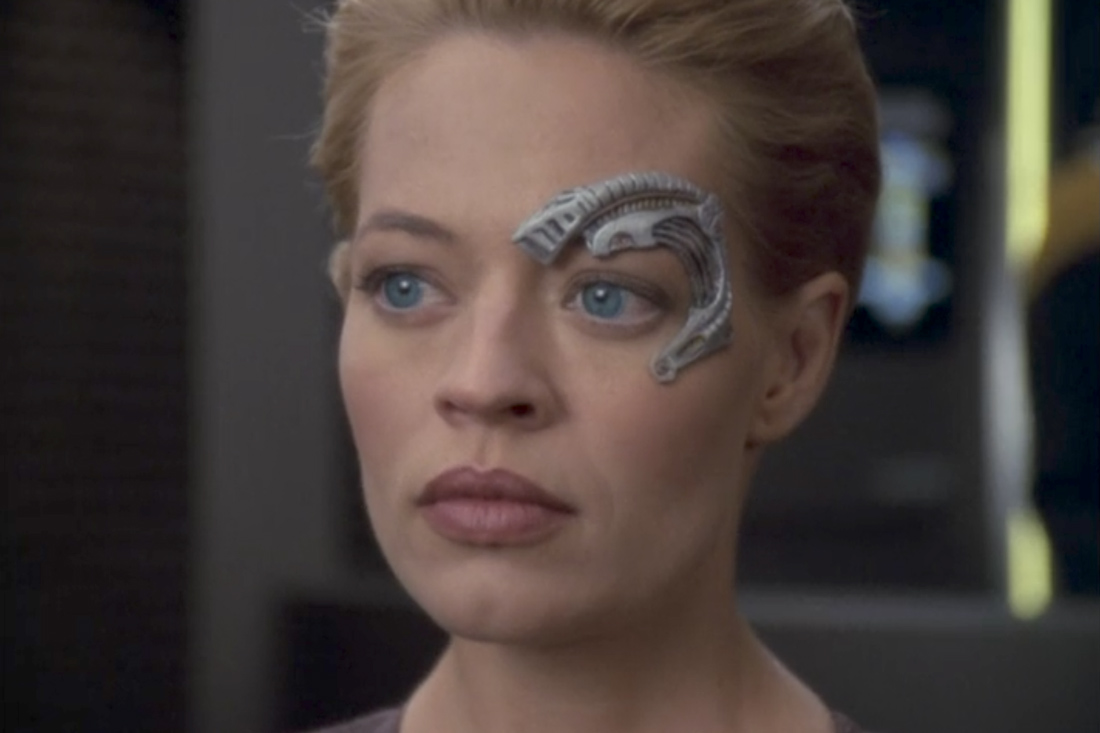
Formerly a human woman, the Borg character Seven of Nine (Jeri Ryan) appeared on the television series "Star Trek: Voyager" (Paramount Network Television) between 1997 and 2001, when the show concluded. Seven had been assimilated by the Borg as a child and served as a drone, but when her connection to the Borg hive mind was severed she joined the "Voyager" crew. She gradually regained much of her lost humanity but remained a unique type of organic/machine hybrid — part Borg and part human.
Synths, "Humans"
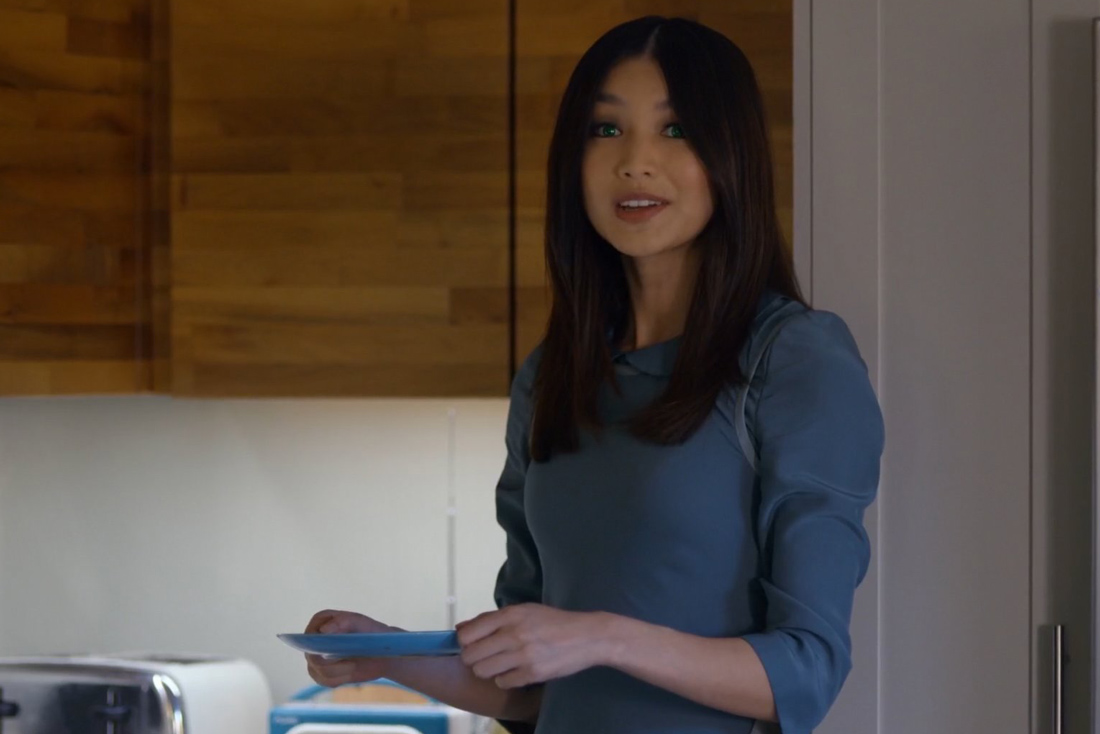
Anthropomorphic robots known as "Synths" populate the world of the sci-fi TV series "Humans" (Channel 4), which debuted in 2015. Synths appear identical to humans, but when they are injured they leak blue fluid, a conductant that circulates electricity throughout their bodies, Popular Mechanics reported.
"They're not full of wires and servers," show co-writer Jonathan Brackley told Popular Mechanics. "They're a combination of small micro hardware and synthetic organs."
All Synths have bright green eyes, to help distinguish them from people. They are frequently "recycled" — their memories wiped and new identities installed — before they are handed off to new users. But as Synths begin to develop consciousness and long for autonomy, the program questions the ethics of owning machines capable of independent thought and emotions.
Vision, Marvel Comics
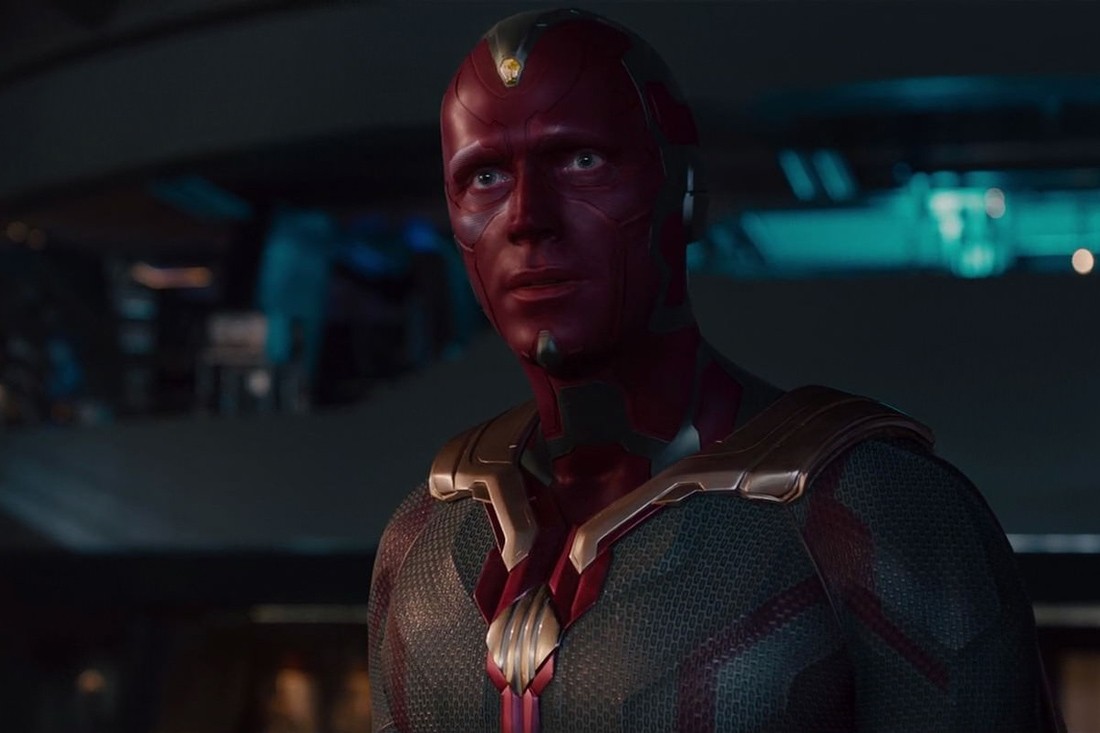
While the comic book character Vision first appeared in 1940 as an alien crimefighter, he was re-introduced in 1968 as an android — or "synthezoid" — created by the robot Ultron. But he turns against Ultron and teams up with the Avengers. He runs on solar power absorbed and stored by a jewel in his forehead, and can manipulate his own mass, enabling him to become insubstantial or invulnerable at will. Vision exhibits superhuman strength, speed and stamina, and can process information as swiftly as a computer.
Join our Space Forums to keep talking space on the latest missions, night sky and more! And if you have a news tip, correction or comment, let us know at: community@space.com.
Get the Space.com Newsletter
Breaking space news, the latest updates on rocket launches, skywatching events and more!


